Road Trips Without Borders: Who and How Conquered the Darién Gap
All attempts to pave a full-fledged route here for decades have faced insurmountable difficulties.

The Pan-American Highway, officially recognized by the Guinness World Records as the longest motorable road on the planet, spans the entirety of America — from Alaska to Argentina's Tierra del Fuego. However, this majestic transportation ribbon breaks off in the most unexpected place — in the dense tropical jungles between Panama and Colombia, where the Darién Gap reigns.
Jungles that do not surrender
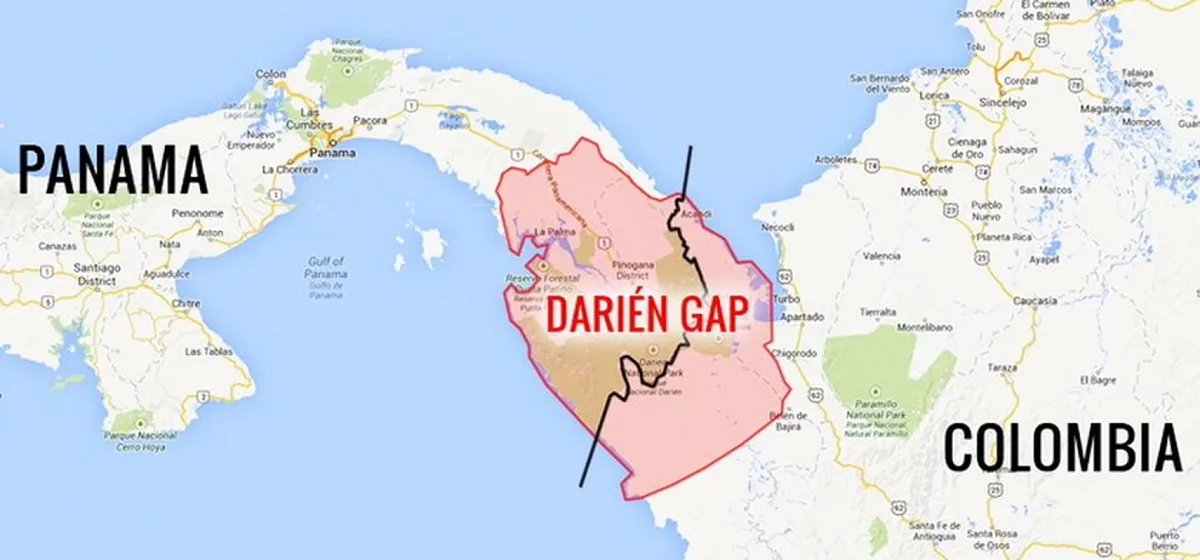
The Darién Gap — about 160 km of pristine tropical forests, swampy lowlands, and hard-to-cross hills. All attempts to pave a proper road here for decades have faced insurmountable difficulties: high costs, unique ecosystems, protests from indigenous peoples, and sanitary concerns. One of the well-reasoned objections to the road construction is the risk of spreading diseases characteristic of the southern region to the continent's north, as well as the facilitation of drug trafficking from Colombia.

For road trippers wanting to traverse the entire continent from north to south, the Darién is a true conundrum. The Pan-American Highway ends at the Panamanian village of Yaviza, from where vehicles must be transferred onto barges or ships to reach the Colombian city of Turbo by sea. There have also been bolder attempts: for example, the Schrader family in 1995 bypassed the Darién on an amphibious SUV via the Caribbean Sea, winding between reefs, constantly risking storms.
But the dream of breaking through the green wall allured even earlier.
The first expedition: on the verge of possibilities
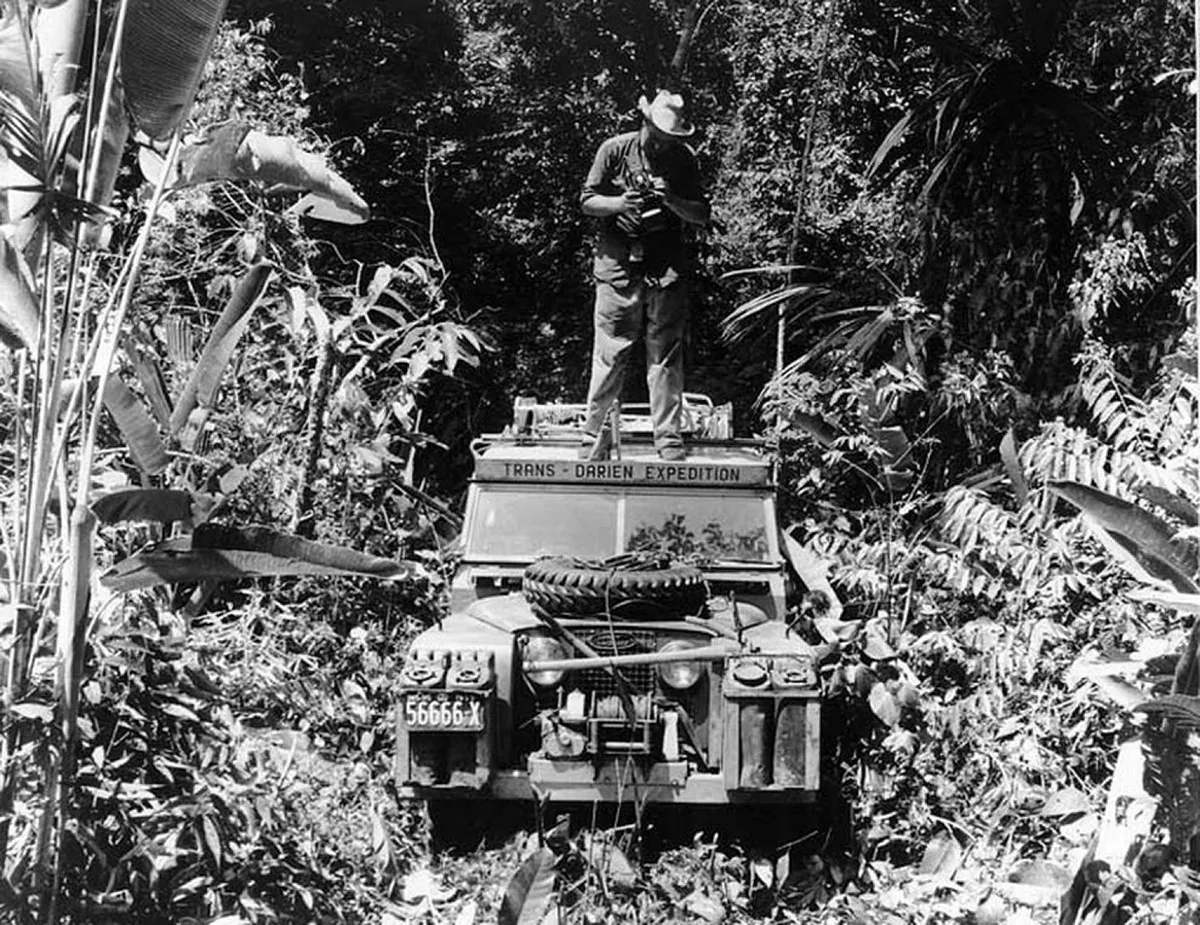
By 1960, the first serious attempt to cross the Darién by land had been organized. The goal of the Trans-Darien Expedition was not just an adventure — participants were supposed to arrive in Bogotá for the Pan-American Highway Congress.
The expedition included two outfitted SUVs: the Land Rover Series II nicknamed La Cucaracha Cariñosa and a Jeep CJ-5. The first crew, representing Canada, left Toronto in the fall of 1959 and arrived in Panama early January 1960. Here, the Jeep team representing the Darién Subcommittee joined them. Eight additional participants supported route clearing, ferries, and equipment transportation.
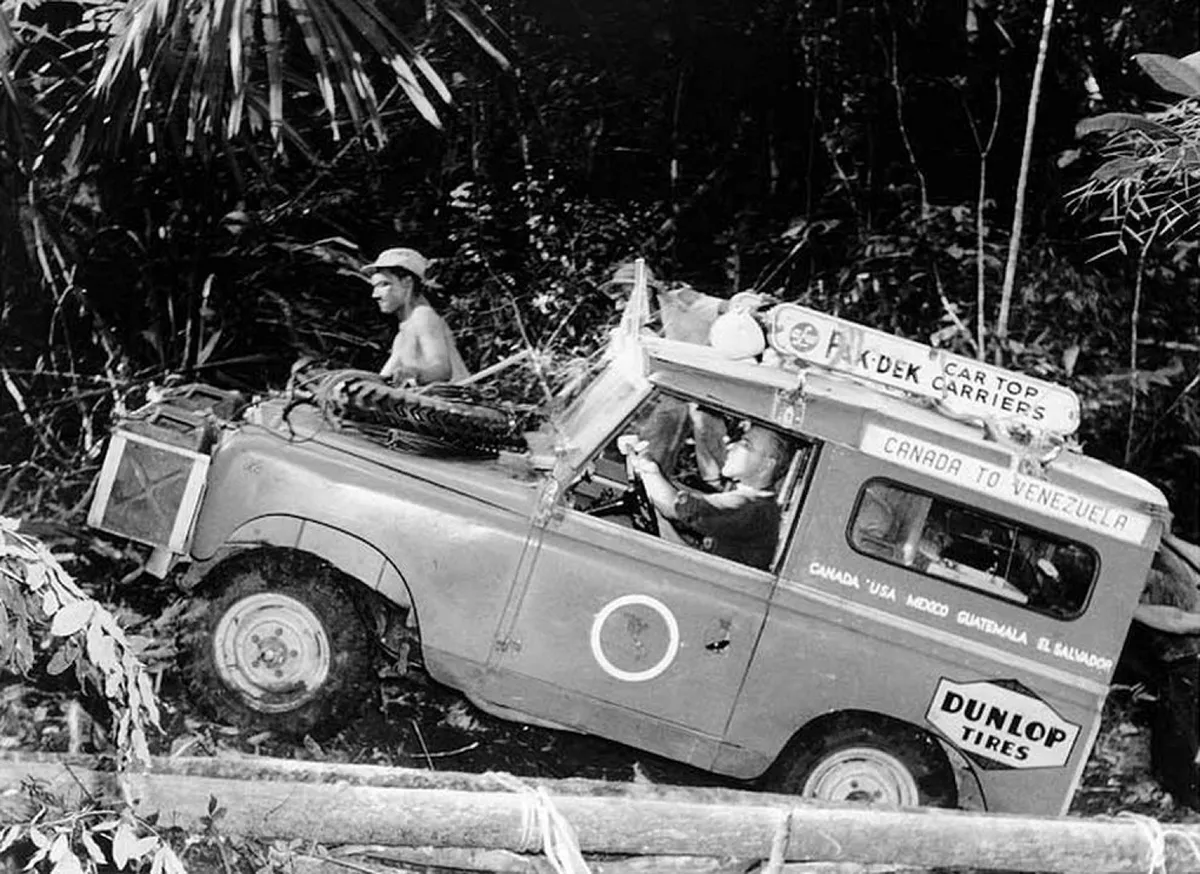
The route ran along barely visible trails crossing thick growth, mountains, and dozens of rivers. Only 4–5 kilometers could be covered per day. In total, the team crossed 180 rivers and built 125 bridges from palm trunks. They faced vehicle overturns, winch failures, dangers from nature, and diseases. But after 134 days, they reached Colombia. This marked the first time vehicles crossed the Darién by land.
"Daring Darién": in Chevrolet sedans
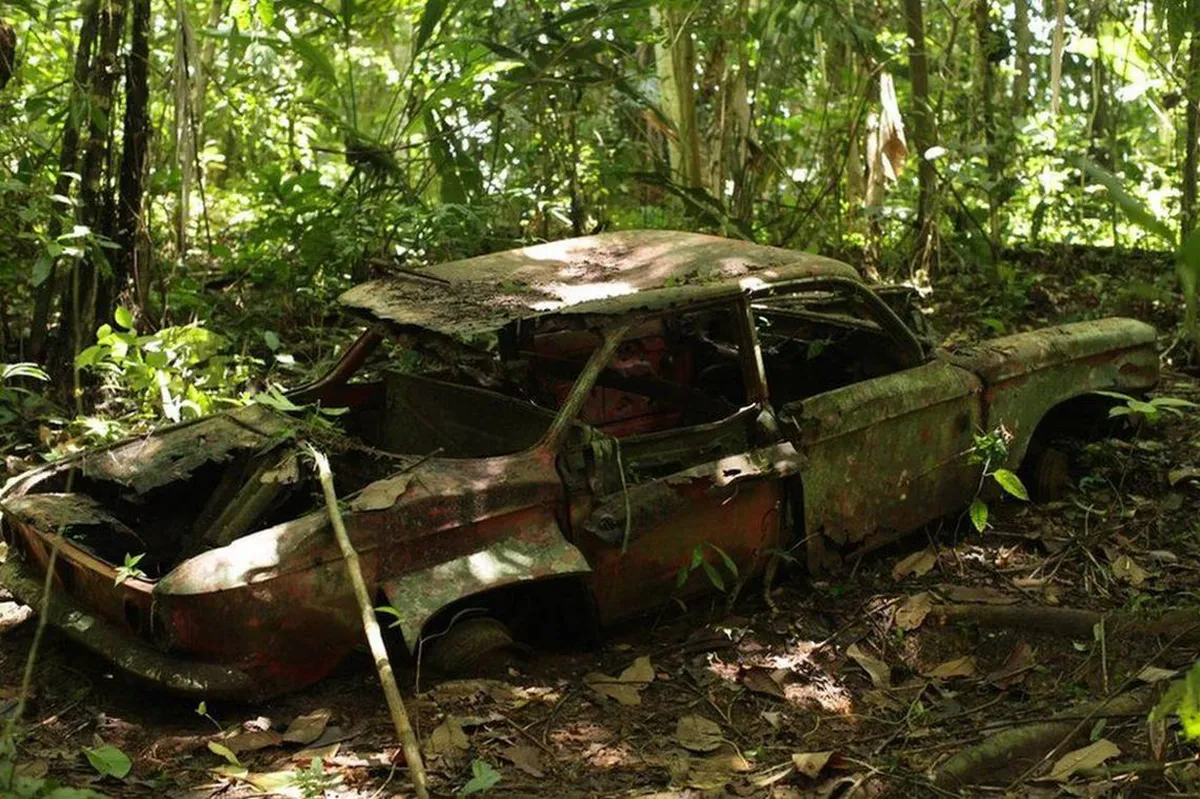
Following this expedition in 1961, a much bolder (and, in many opinions, insane) venture took place. Supported by Chevrolet, Americans decided to tackle the same route… in rear-wheel-drive Chevrolet Corvair sedans — a city model with a rear-engine and air-cooling. Despite lacking four-wheel-drive and any off-road capability, two out of three cars reached the Panama-Colombia border after 109 days of traveling. One of the broken Corvairs was left in the jungle and later found by a British expedition in 1972.
Who else dared the Darién?
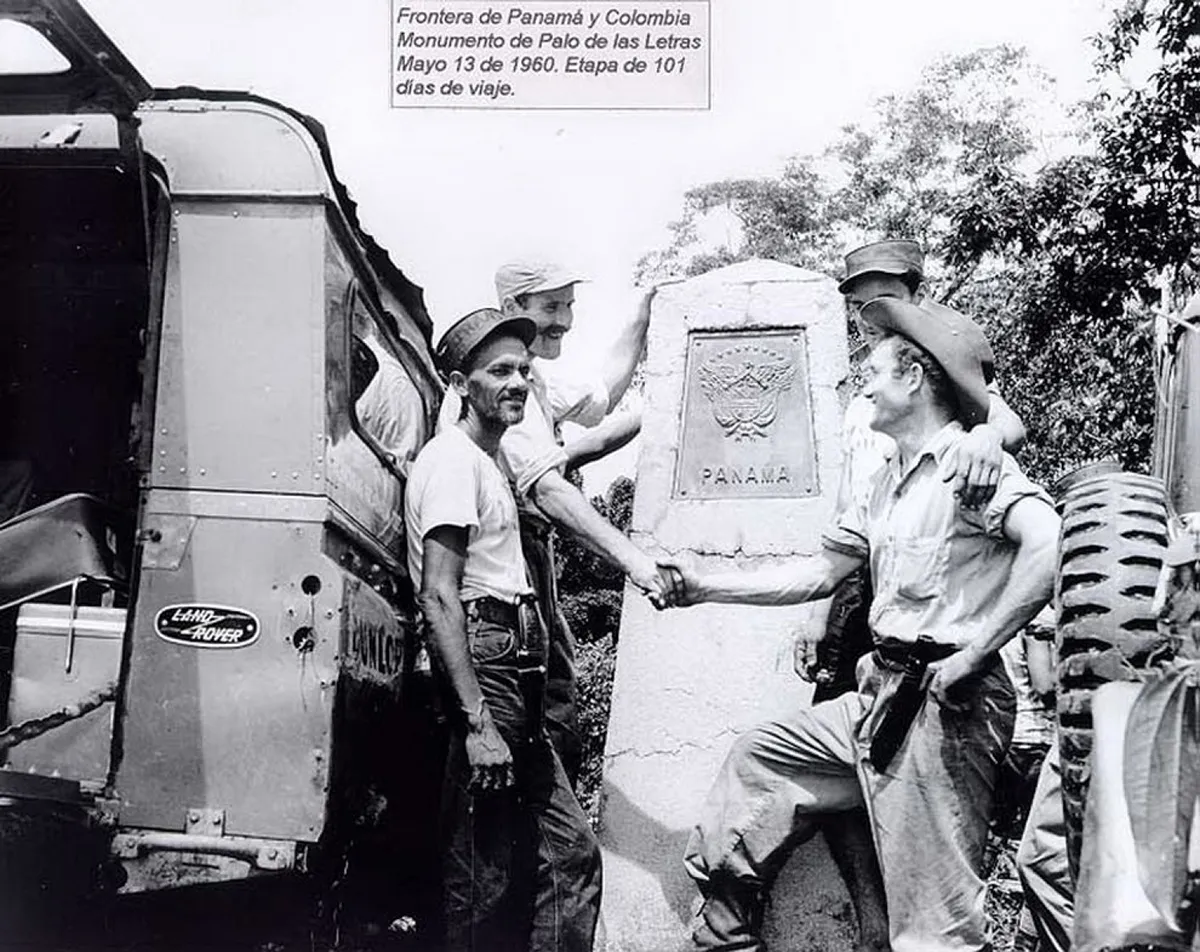
In the following decades, new adventurers emerged, ready to challenge the green void:
- Land Rover and Jeep CJ-5 (duration 135 days)
- Three Chevrolet Corvair (109 days)
- Range Rover and Land Rover (100 days)
- Jeep CJ-7 (30 days)
- Jeep CJ-5 (no information)
Why is there still no road?
Despite decades of discussions, the construction of a road through the Darién remains in limbo. The reasons are the same: difficult terrain, protected ecosystem (part of the region is a UNESCO biosphere reserve), concerns about migration and smuggling, and protests from local communities. The UN and environmental organizations have repeatedly spoken against extending the Pan-American Highway through this region.
The Darién today — a challenge for the chosen
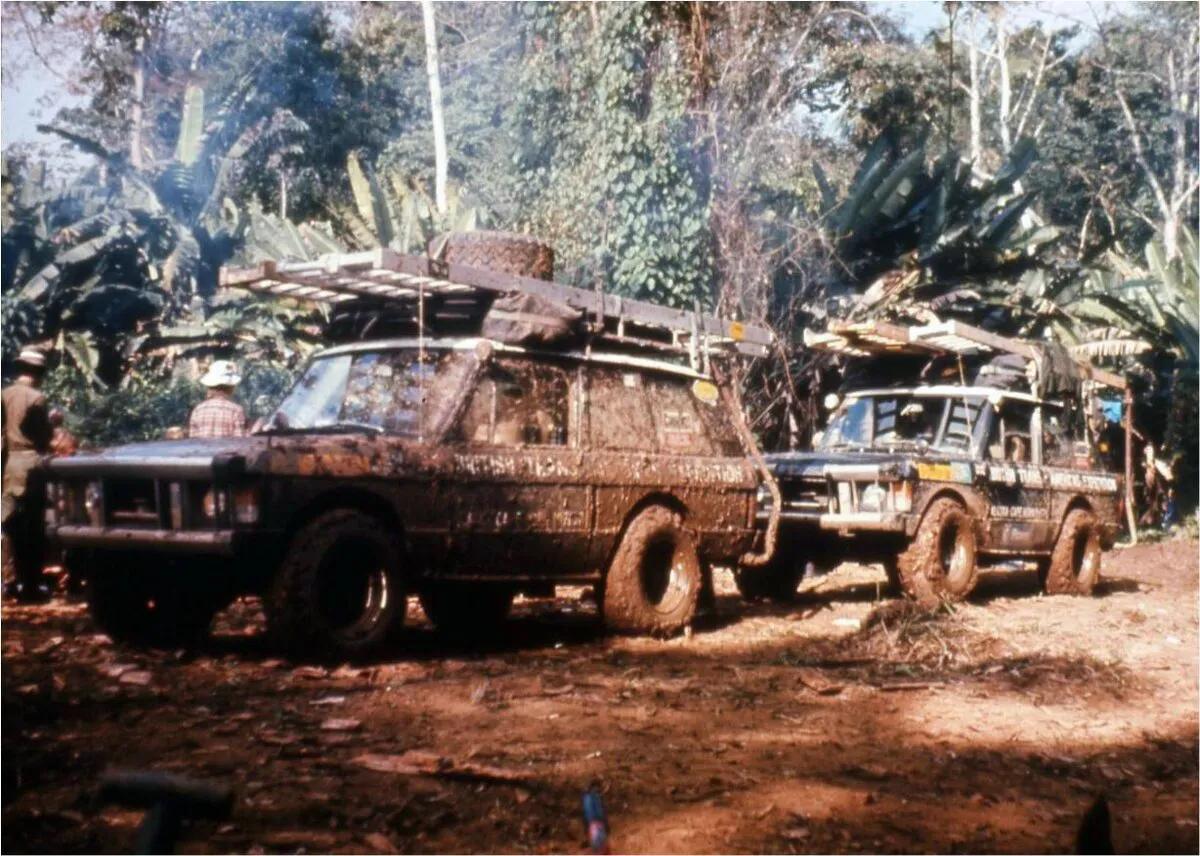
Today, the Darién Gap remains a symbol of where the roads end and true adventure begins. It continues to attract explorers, travelers, and off-road enthusiasts from all over the world, ready to risk everything for the chance to traverse one of the most insurmountable routes globally.
You may also be interested in the news:
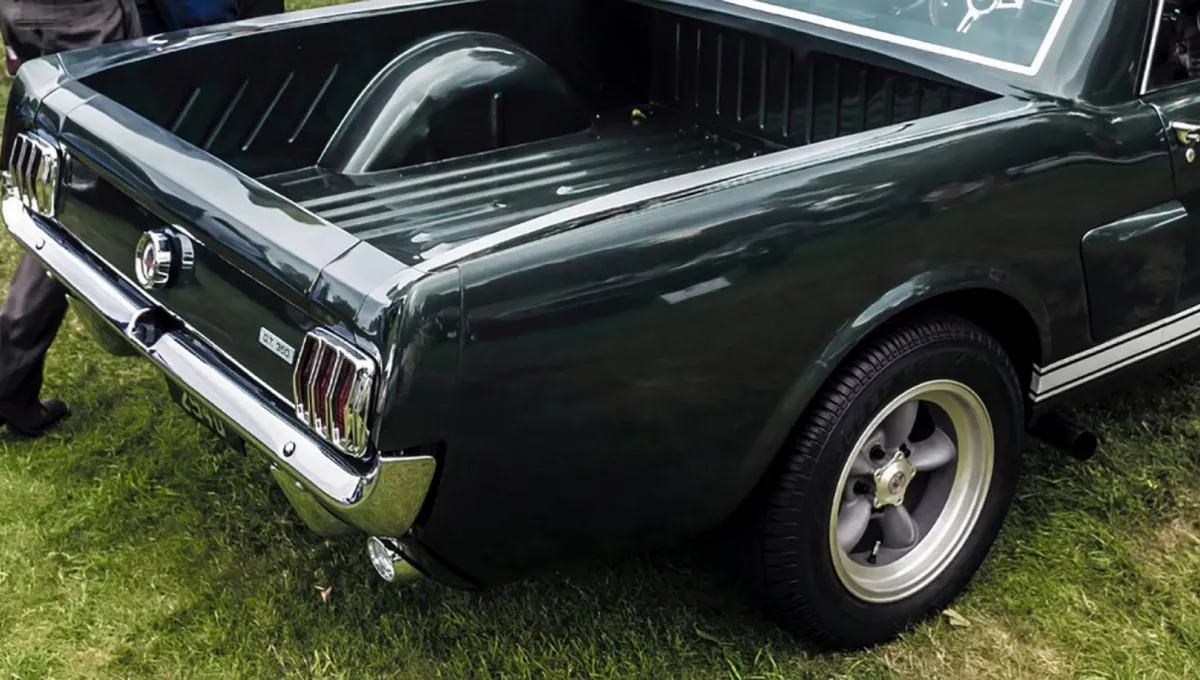
The Forgotten Pickup Based on a Legend – The Story of the Unique 1960s Ford Mustero
Have you ever heard of a Ford Mustang pickup?
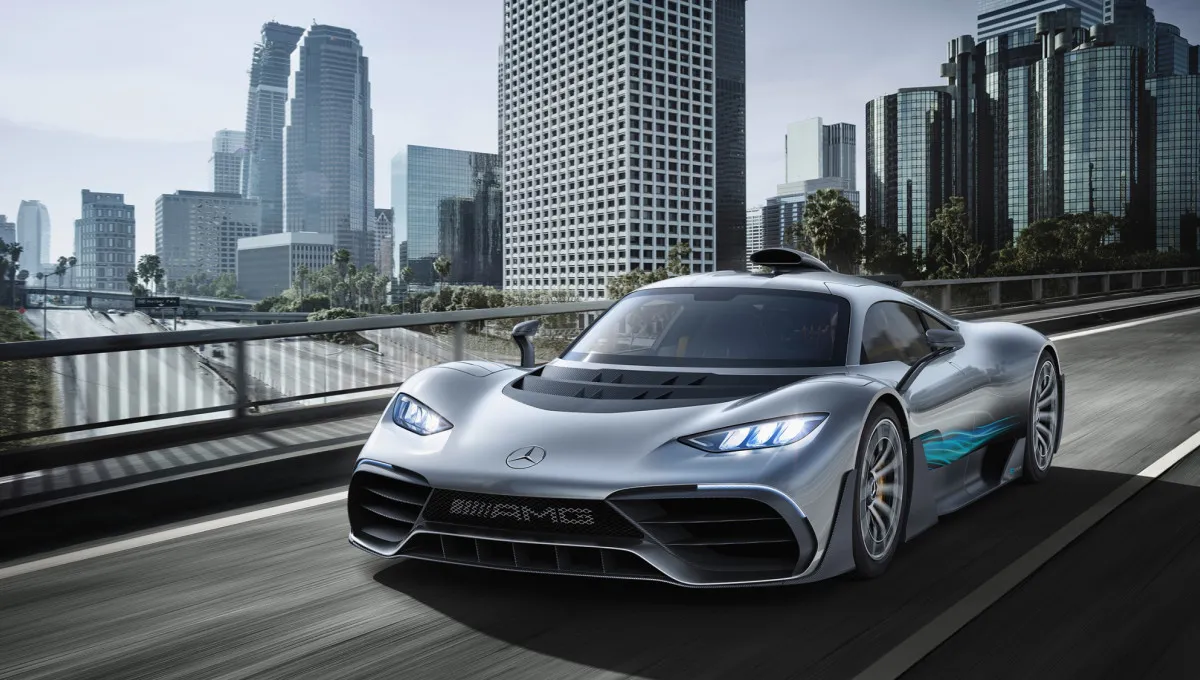
Hypercars That Never Made It to Production: Cars That Deserved Better
Not every car that inspires engineers and fans alike—and draws crowds at auto shows—ever makes it to the assembly line.
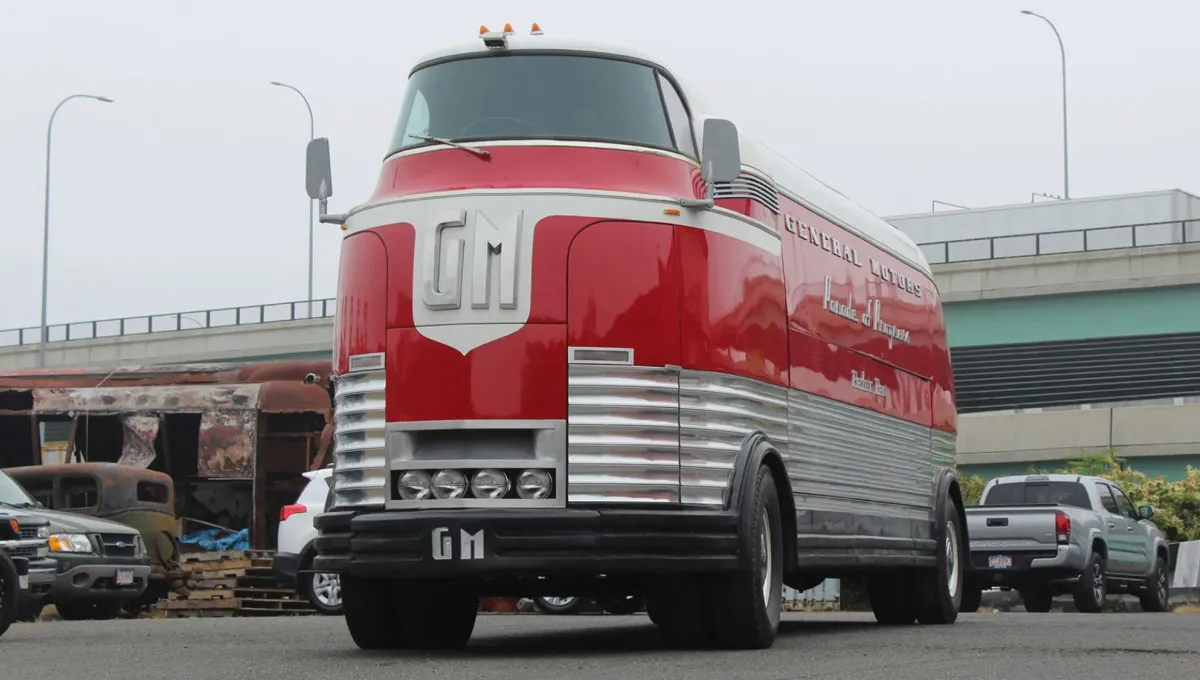
Why GM’s Futuristic Bus from the Past—the Futurliner—Sold for $4 Million
Today, classic cars inspire awe among true automotive enthusiasts, but buses rarely appear among the most coveted vintage machines.
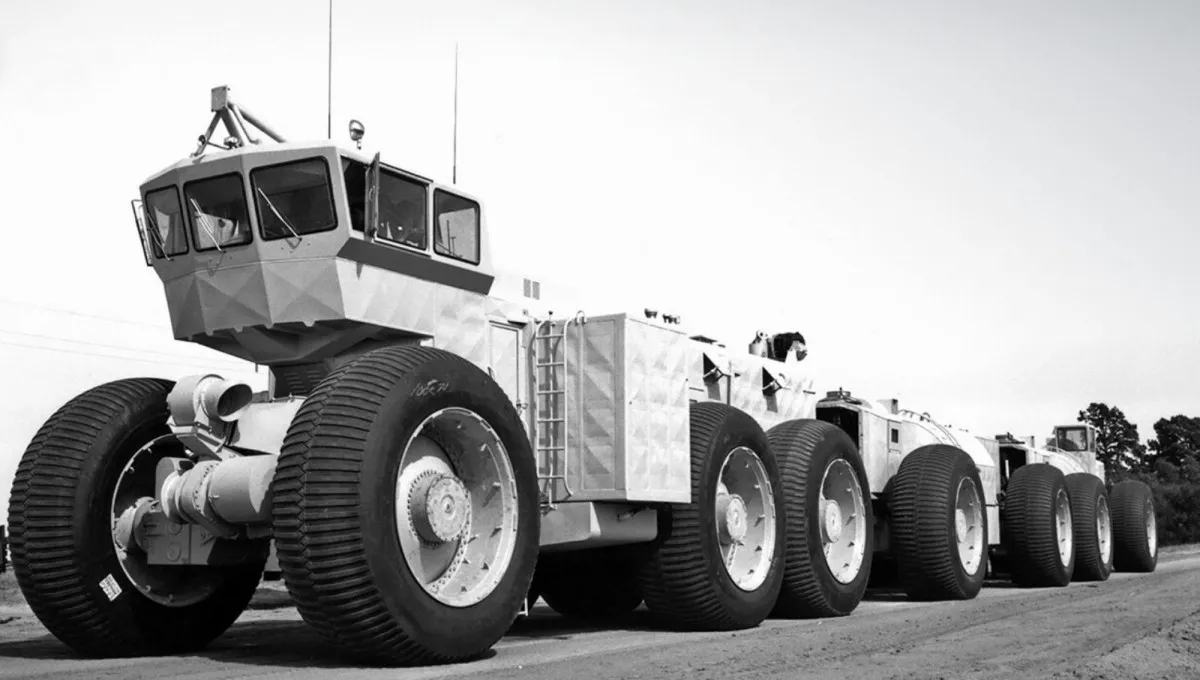
America’s Secret 1950s Road Train Built for $3.7 Million
Witnesses of its test runs said the massive convoy moved like a snake.
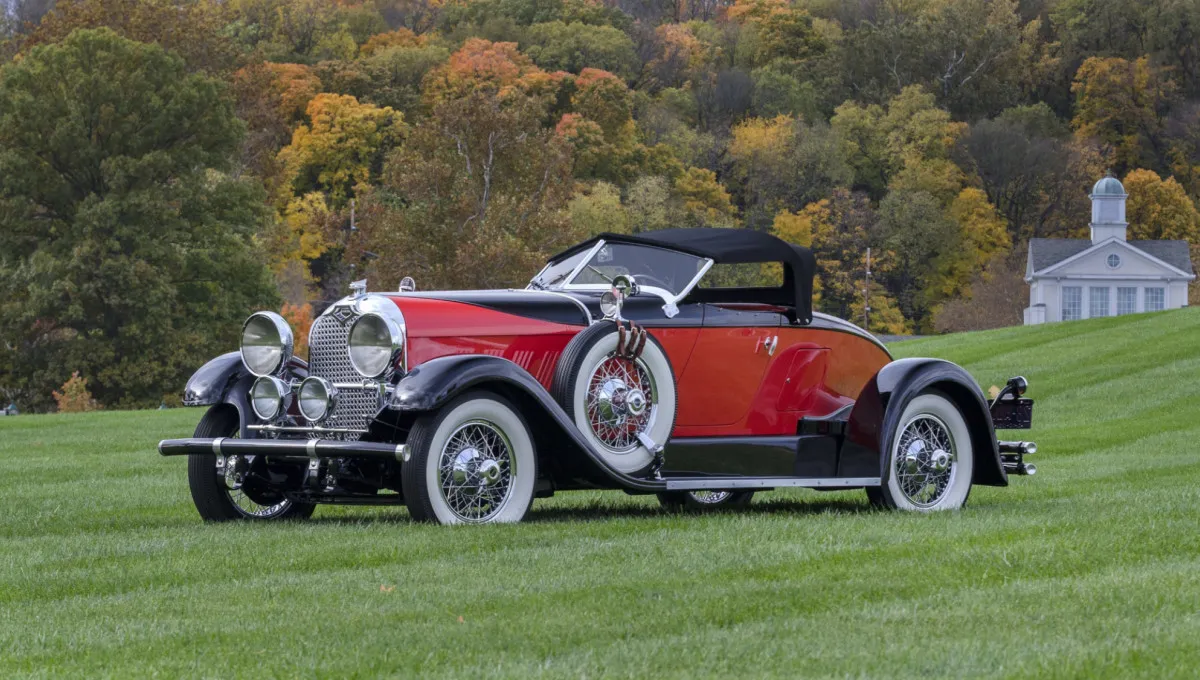
Ten Automotive Legends of the 1930s That Shaped History
The 1930s put the whole world on wheels. The Great Depression still had the planet by the throat, yet cars seemed to be living a new life.